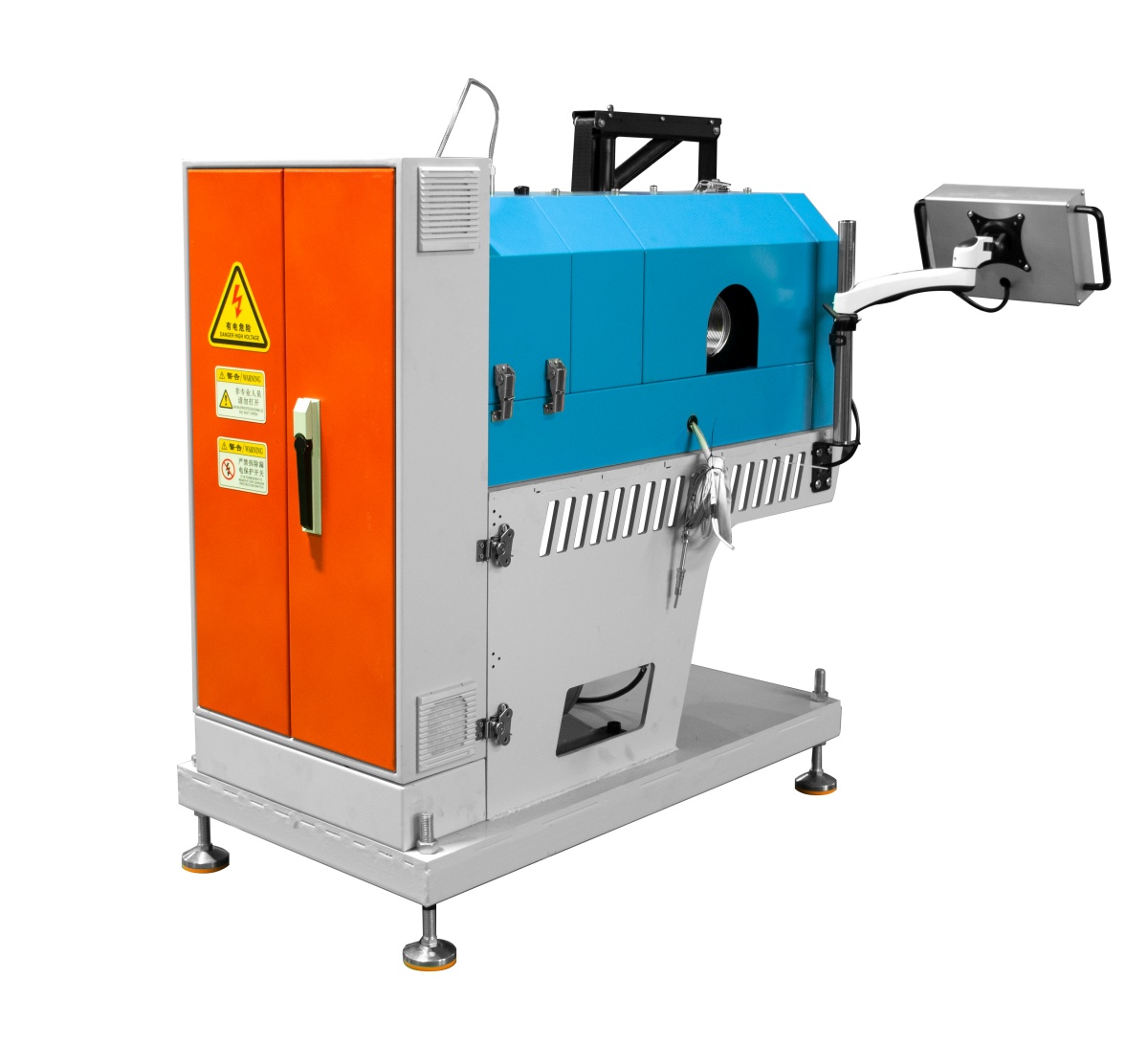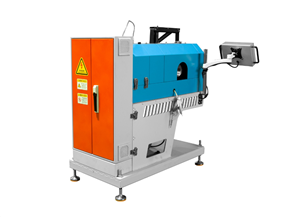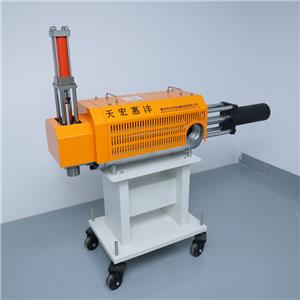The Top 10 Technology Trends in Plastics and Rubber in 2025(6~10)
Currently, the global rubber and plastics industry is undergoing in-depth transformation. The energy transition, green transformation driven by the "dual carbon" goals, and the integration of intelligent manufacturing and digitalization are jointly propelling the industry towards high value-added and sustainable development. Recently, the *Report on the The Top 10 Technology Trends in Plastics and Rubber in 2025* was released. Through an analysis of 118 innovative cases from 92 enterprises across 13 countries worldwide, it outlines a clear trajectory of technological innovation in the industry, providing important guidance for industrial development.
(5~10)
Ⅵ Intelligent Injection Molding and Supporting Technologies
Significance: Through the in-depth integration of high automation and the Internet of Things (IoT), intelligent injection molding and supporting technologies help plastic product processing enterprises achieve enhanced quality, improved efficiency, and personalized production.
We have noted that intelligent injection molding is not only applicable to the processing of conventional materials such as engineering plastics and general-purpose plastics but also suitable for processing special materials like composite materials, polyurethane, and liquid silicone rubber. This meets the diverse specific needs across different application scenarios.
Composite material injection molding: Effectively improves the strength, toughness, and fatigue resistance of products, supports multi-functional integrated design, and reduces product assembly procedures.
Polyurethane injection molding: During the injection molding process, polyurethane demonstrates excellent compatibility and adhesiveness with various materials. It can bond tightly with materials such as metal, wood, and fiber to form composite structures, satisfying the diversified needs in product design and manufacturing.
Liquid silicone rubber (LSR) injection molding: The high fluidity of liquid silicone rubber allows it to better fill complex mold cavities during injection molding, making it particularly suitable for processing products with high requirements for details and precision.
In addition, the centralized feeding system, by integrating intelligent sensors and data analysis, automatically adjusts the supply quantity and proportion of materials, conducts precise metering and uniform mixing of raw materials, and effectively ensures the stability and continuity of plastic processing production. Molds and hot runners, through high-precision and modular design, guarantee the stable and efficient operation of the injection molding process.
Ⅶ High-Efficiency Extrusion and Supporting Technologies

Significance: High-efficiency extrusion technology and its supporting technologies have opened up new dimensions for the production and processing of granulation, pipes, and films, providing solid technical support for large-scale, high-quality production of multi-material and multi-layer pipe (film) composites.
We have noted that whether it is high-efficiency extrusion for granulation, customized extrusion for pipes, or high-speed extrusion for films, the following technical trends are evident:
Enhanced intelligence and automation: Through technologies such as the Internet of Things (IoT), big data, and artificial intelligence, key parameters in the extrusion process (e.g., temperature, pressure, speed) are monitored and analyzed in real time, ensuring the stability of the production process and consistency of product quality.
Continuous optimization of high-precision extrusion technology: Precise extrusion molding is achieved through high-precision screw and mold design, pressure control systems, temperature regulation, and high-performance drive systems.
Continuous improvement of high-efficiency and energy-saving technologies: New screw structures and barrel materials are developed to improve material conveying and melting efficiency while reducing energy consumption. Heating and cooling systems are optimized to further cut down energy usage.
In addition, extrusion dies play a key role in controlling the shape, size, and quality of the final extruded products. Through optimized design of flow channel structures and high-precision processing, extrusion dies are helping to achieve high-efficiency and high-quality extrusion.
Ⅷ Multi-layer and Multi-cavity Blow Molding Technology
Significance: Multi-layer and multi-cavity blow molding plays an important role in enhancing the barrier properties and mechanical properties of products, reducing material waste, and realizing multi-functional integration, among other aspects.
We have noted that multi-layer and multi-cavity blow molding is undergoing multi-dimensional optimization and improvement in the following aspects:
Stability and continuity: By improving extruders and machine heads, the precise length and thickness of parisons are ensured, enabling stable and continuous production.
Intelligence: Using sensors and artificial intelligence algorithms, parameters in the blow molding process are monitored and adaptively adjusted, with timely fault diagnosis and predictive maintenance carried out to reduce unnecessary downtime.
Electrification: All-electric injection molding machines have obvious advantages in saving material costs, debugging costs, energy efficiency, and cleanliness. However, they can only be applied in small and medium-sized hollow product fields, and the stability of the equipment as well as the final energy consumption data still remain to be tested by the market.
In addition, blow molds are also undergoing technological iteration toward intelligence and automation to ensure the stability of the blow molding process and reduce the scrap rate.
Ⅸ Functional Films and Surface Treatment
Significance: Through the innovative integration of new material applications, high-precision coating technologies, and automated, continuous production technologies, functional films and their surface treatment processes play an indispensable role in high-end application scenarios such as packaging, new energy, and optics.
We have noted that common types of functional films—including single-material films, optical films, and lithium battery separators—exhibit the following technological development trends:
Single-material films: The number of layers is increasing (e.g., from 5, 7 to 11 layers), while the thickness is becoming thinner, with a minimum thickness of only 18 microns. More layers allow each layer to be precisely endowed with unique functions such as barrier, reinforcement, and heat-sealing. Reduced thickness enables film lightweighting, lowers enterprises’ material costs, and reduces resource consumption.
Optical films: Through the development of new high-performance materials and high-precision coating technologies, films with functions like anti-reflection, reflection, polarization, and light filtering are realized. These meet the customized needs of complex optical systems, reducing the number of optical components and system complexity.
Lithium battery separators: The application of composite materials enhances the separators’ mechanical strength, electrical conductivity, and porosity, further improving the battery’s energy density and cycle life. Ultra-thinning processes reduce internal resistance, providing more space for electrode materials—thereby increasing energy density, extending range, and boosting charging speed. Innovations in coating technology have also improved the separators’ thermal stability, mechanical strength, and electrolyte wettability.
In addition, beyond coating and plating processes, surface treatment techniques such as thermal transfer printing, solvent-free printing, and corona treatment also provide technical support for the customized processing of functional films.
Ⅹ Automation and Intelligent Technologies
Significance: The system of automation and intelligent technologies, encompassing key areas such as online quality inspection, collaborative robots, advanced control systems, and refined energy consumption management systems, plays a crucial role in shortening molding cycles, improving processing efficiency, and ensuring quality stability, among other aspects.
We have noted that the following technological trends in online quality inspection, collaborative robots, control systems, and energy consumption management are worthy of attention:
Deep learning of big data models: By training models through massive data, online quality inspection systems can automatically learn and identify various defect patterns of plastic products, improving detection accuracy and efficiency; plastic machine control systems can automatically adjust parameters such as injection pressure, speed, and temperature to achieve optimal molding results.
High compatibility: According to the specific requirements of the production line, switch the corresponding working modes of online quality inspection, collaborative robots, or control systems and energy consumption management modes to achieve collaborative optimization with the production system.




